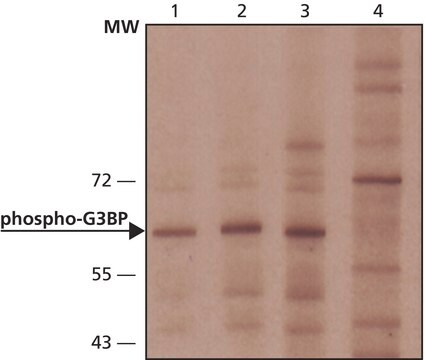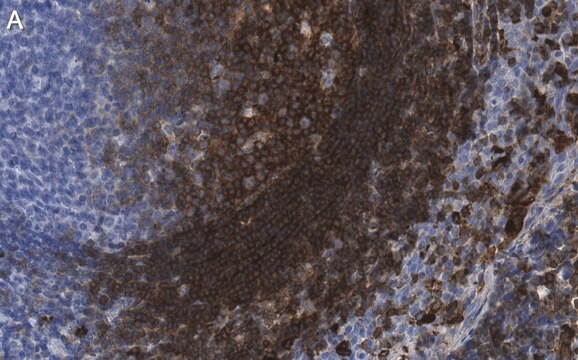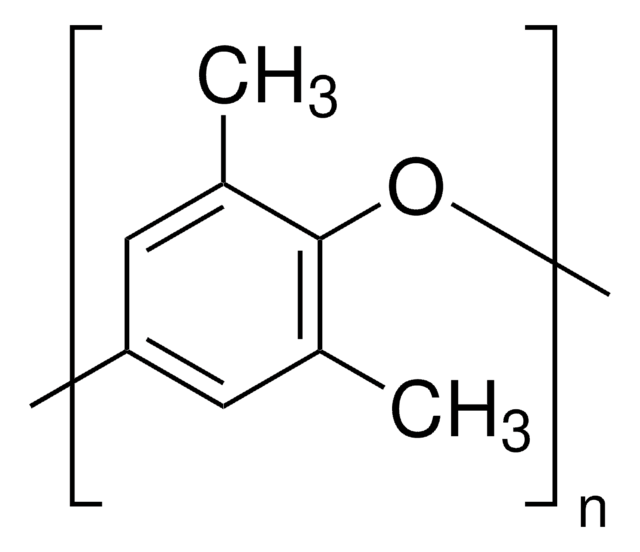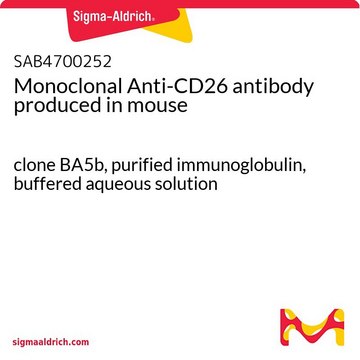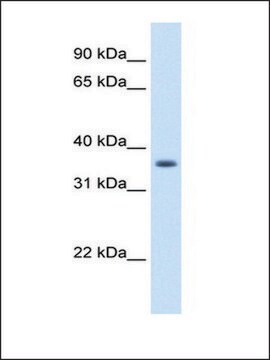SCC467
MEF SQSTM1 G427R Cell Line

Synonym(s):
MEF SQSTM1, MEF SQSTM1 G427R, MEF SQSTM1G427R
About This Item
Recommended Products
biological source
mouse
Quality Level
packaging
vial of ≥1X10⁶ cells vial
manufacturer/tradename
Millipore
technique(s)
cell culture | mammalian: suitable
shipped in
liquid nitrogen
storage temp.
−196°C
Application
- Each vial contains > 1X106 viable cells.
- Cells are tested negative for infectious diseases by a Mouse Essential CLEAR Panel by Charles River Animal Diagnostic Services.
- Cells are verified to be of mouse origin and negative for interspecies contamination from human, rat, Chinese hamster, Golden Syrian hamster, and nonhuman primate (NHP) as assessed by a Contamination Clear panel by Charles River Animal Diagnostic Services
- Cells are negative for mycoplasma contamination.
Features and Benefits
Target description
Recent data suggests that TBK1 and SQSTM1 mutations linked with ALS and FTLD disrupt selective autophagy, resulting in neurotoxicity.1 SQSTM1 is an autophagy receptor protein that mediates the selective autophagy of damaged cell components or proteins that frequently aggregate. The commonality of SQSTM1-associated neuronal inclusions in ALS-FTLD patients appears to indicate its importance as a cellular stress response in which SQSTM1 protein is overproduced to try and clear protein aggregates. It also functions in other signaling pathways such as oxidative stress which has emerged as a contributing factor in ALS.1 SQSTM1 helps regulate oxidative stress through the KEAP1-NFE2L2 pathway in which SQSTM1 binds with KEAP1 resulting in a downstream antioxidant response. Interestingly, a G427R mutation appears to significantly disrupt this pathway, resulting in a highly impaired NFE2L2 response.
The MEF (Mouse Embryonic Fibroblast) SQSTM1G427R cell line contains a FLAG-tagged SQSTM1 protein in addition to the G427R mutation which affects the Ubiquitin Binding Associated (UBA) domain of the SQSMT1 protein. This cell line can be utilized to continue studying the underlying mechanisms of selective autophagy, ALS-FTLD disease pathogenesis, and oxidative stress mechanisms. Furthermore, understanding of SQSTM1 and ALS-FTLD related mutations remains highly important as neurodegenerative diseases continue to increase in prevalence.
Source
Cell line was derived from immortalized p62/SQSTM1-deficient mouse embryonic fibroblasts (MEFs) which were established by infecting MEFs with a recombinant retrovirus carrying a temperature-sensitive simian virus 40 large T antigen. Flag-SQSTM1-WT was also cloned into the HindIII and Xhol sites of the LPC retroviral vector before undergoing site-directed mutagenesis to obtain the SQSTM1G427R genotype.
<underscore><bold>References</bold></underscore>
Deng Z, Lim J, Wang Q, Purtell K, Wu S, Palomo GM, Tan H, Manfredi G, Zhao Y, Peng J, et al. 2019 Jul 30. ALS-FTLD-linked mutations of SQSTM1/p62 disrupt selective autophagy and NFE2L2/NRF2 anti-oxidative stress pathway. Autophagy.:1–15.
Storage and Stability
Other Notes
Disclaimer
Storage Class Code
10 - Combustible liquids
WGK
WGK 2
Flash Point(F)
Not applicable
Flash Point(C)
Not applicable
Regulatory Listings
Regulatory Listings are mainly provided for chemical products. Only limited information can be provided here for non-chemical products. No entry means none of the components are listed. It is the user’s obligation to ensure the safe and legal use of the product.
JAN Code
SCC467:
Certificates of Analysis (COA)
Search for Certificates of Analysis (COA) by entering the products Lot/Batch Number. Lot and Batch Numbers can be found on a product’s label following the words ‘Lot’ or ‘Batch’.
Already Own This Product?
Find documentation for the products that you have recently purchased in the Document Library.
Our team of scientists has experience in all areas of research including Life Science, Material Science, Chemical Synthesis, Chromatography, Analytical and many others.
Contact Technical Service


